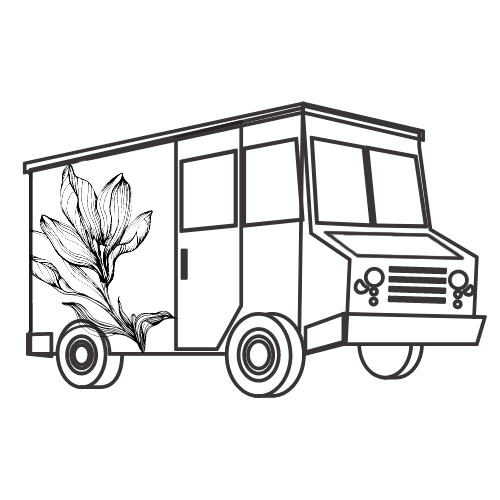
Iris, Dwarf violet
Iris verna
1 Gallon | Hardiness Zones 6-9
Iris verna is one of those plants that feels like a secret—small, fragrant, and impossibly charming once you notice it. Native to the pinewoods and sandy slopes of the Eastern United States, this understated iris has been a spring companion for centuries, brightening forest floors long before gardeners realized it deserved a place at home.
Unlike the showy bearded irises that swept Victorian horticulture, Iris verna stayed close to its woodland roots: low-growing, with narrow, grasslike foliage and violet-blue flowers that open in early spring, often while winter still lingers in the air. Its bloom carries a soft, sweet fragrance, the kind early wildflower enthusiasts wrote about with the kind of affection reserved for plants that reward careful, unhurried attention.
Botanists noted its preference for sandy, acidic soils as early as the 1700s, when naturalists in the Carolinas and Georgia catalogued this delicate iris blooming in sunlit openings of longleaf pine forests. Its compact habit and quiet beauty made it a favorite among early native-plant gardeners in the mid-20th century, long before the broader gardening world embraced the value of regional species.
Today, Iris verna remains a gem for anyone who loves spring ephemerals and plants with a clear sense of place. Plant it where the soil drains well—along pathways, in open woodland gardens, or among other Southeastern natives that appreciate lean, sandy conditions. Its blossoms appear like little lanterns of color at the very moment the garden begins to wake.
Graceful, fragrant, and deeply rooted in our botanical heritage, Iris verna is a reminder that some of the most meaningful plants are also the most modest. A true Woodlanders kind of beauty.
Photo courtesy of Bob Gutowski
Pickup available at Aiken Nursery
Usually ready in 2-4 days
Schedule Delayed Shipping in your Cart
Plant Specs
- Zones: 6 - 9
- Sun: Part Shade and Full Shade
- Soil: Well-drained and Acid
- Height at Maturity: 6 - 8 Inches
- Spread at Maturity: 6 - 8 Inches
- Growth Rate: Moderate
Deciduous
Flower/Foliage
Care Info
Here’s a closer look at how we produce our plants:
From rooting to shipping, our top priority is ensuring you receive healthy, thriving plants for your garden’s success.

The majority of our plants are carefully cultivated from rooted cuttings, while we also utilize propagation methods such as seed, air layering, and grafting, thoughtfully chosen to suit each plant’s unique needs.

Our plants are cultivated using sustainable practices, including organic soil blends and eco-friendly pest management, ensuring they thrive while minimizing environmental impact.

We are proud to contribute to local biodiversity through ongoing donations to the Aiken Arboretum and support for local wildlife conservation efforts, helping to preserve and enhance our community’s natural ecosystems.
Frequently Asked Questions
What to expect upon delivery
All our plants are sold in 1-gallon sizes, though the height of each plant can vary depending on its growth rate and seasonality, typically ranging from 1/2 to 2.5 feet.
Each plant is carefully packaged with its roots enclosed in a secure plastic bag containing moist soil, forming a compact root ball. To ensure safe transport, the box is padded with recycled newspaper, providing both stability and eco-friendly protection from weather during shipping.
What is your return policy?
Review our full return policy information on our SHIPPING AND RETURNS POLICY page.
What payment methods can I use?
We offer 35 different payment methods including major providers like Mastercard, Visa, PayPal, American Express and Diners as well as many different local payment methods including Klarna, iDEAL, AliPay, Sofort, giropay, and many more.
Can I make changes to my order after it’s been placed?
At Woodlanders, we strive to fulfill orders as quickly as possible. Therefore, we can only accommodate changes to your order within the first 24 hours after it has been placed. These changes include adding or removing products and modifying the delivery address. If you need to make any changes or if there has been a mistake with your order information, please reach out to us promptly via our CONTACT page with your order number for the quickest resolution.
Your satisfaction is our priority, and we appreciate your understanding and cooperation.


